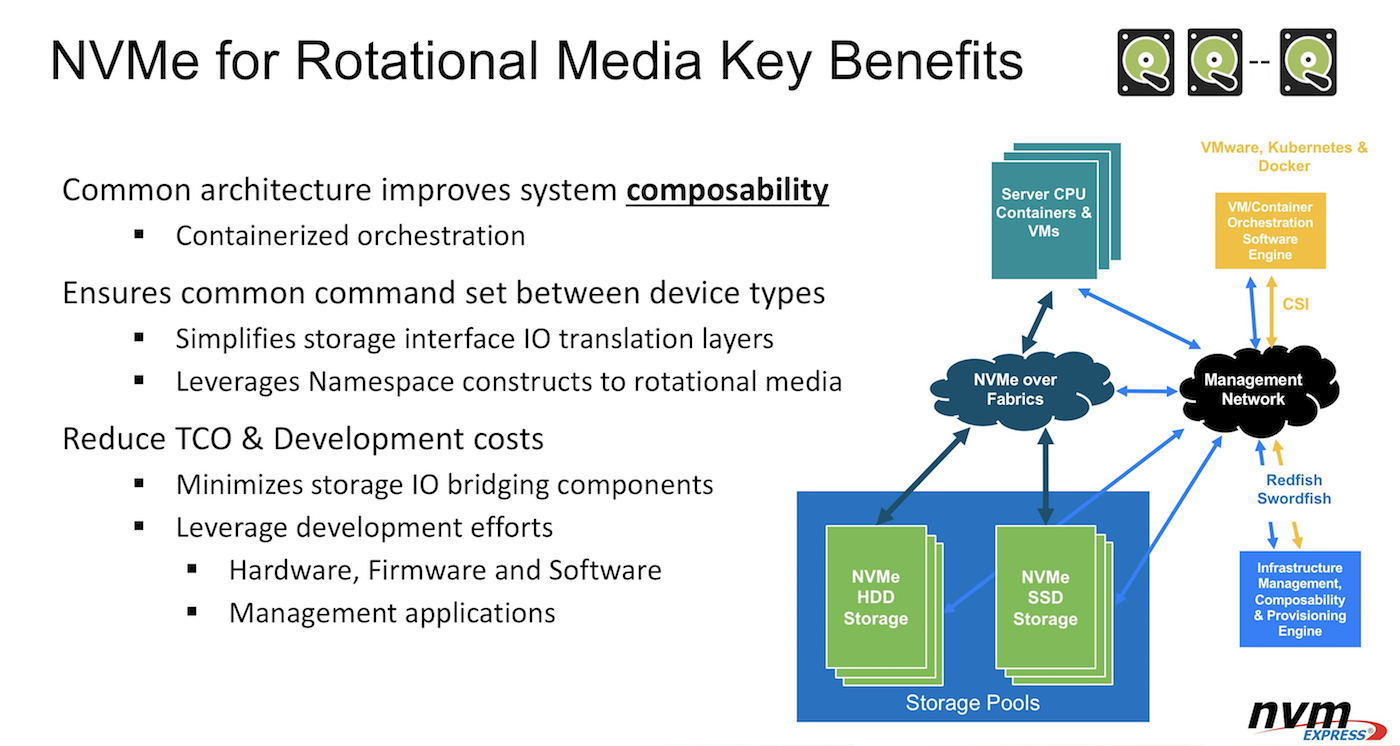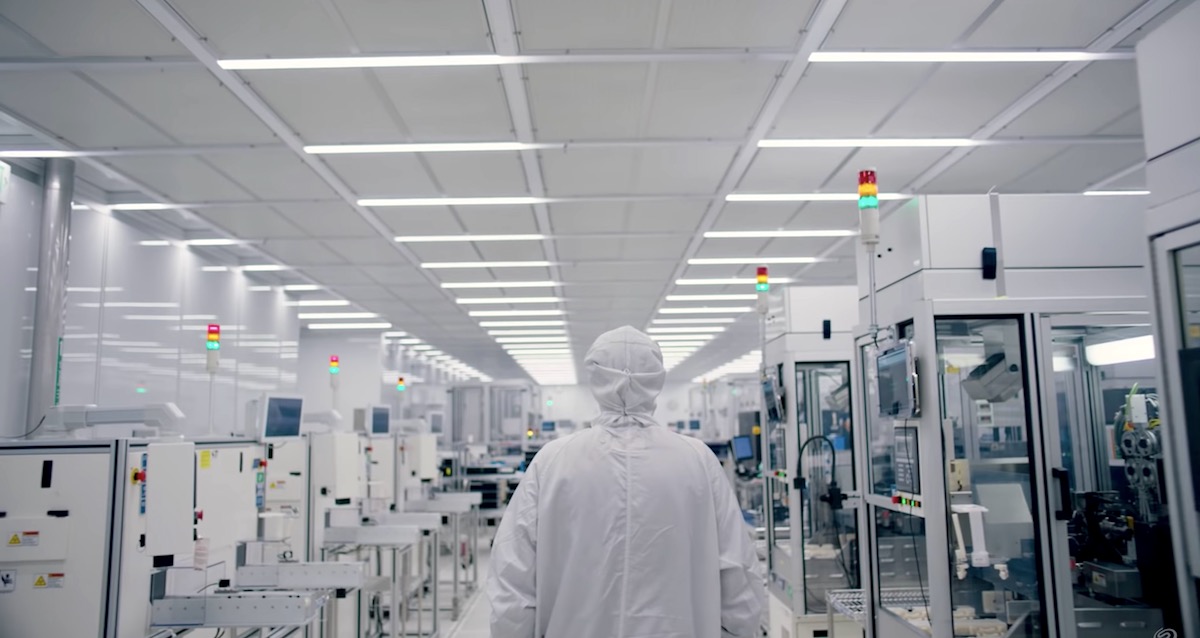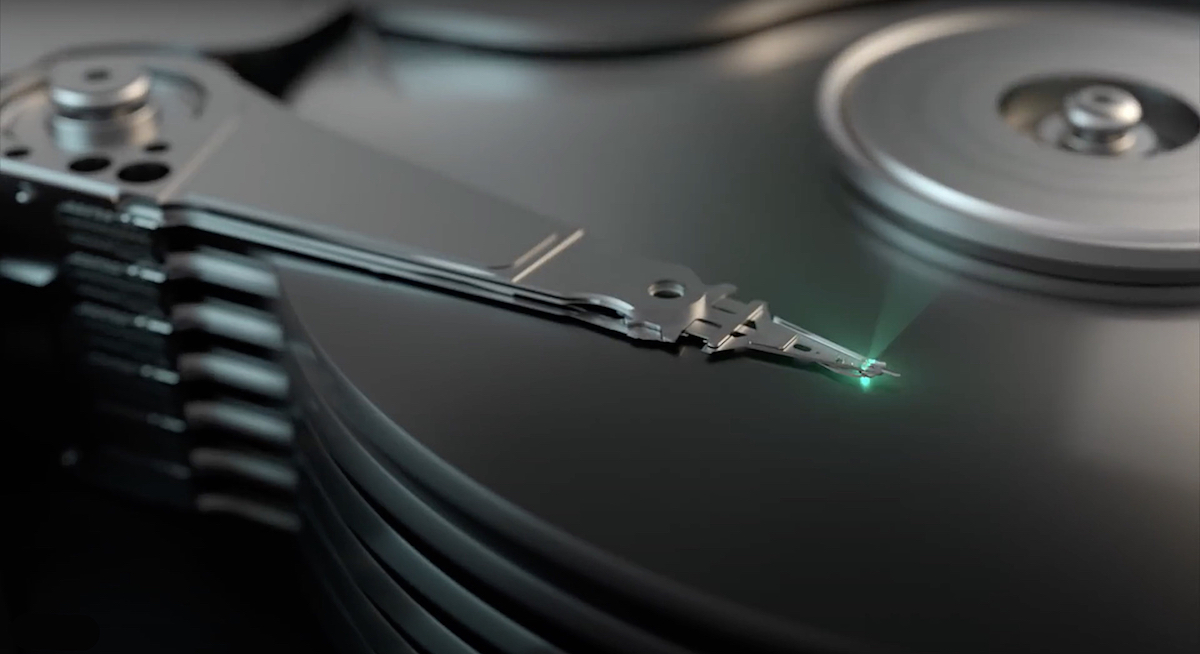Seagate creates a product innovation to benefits customer by employing a unique R&D process in-house
Having recently partnered with Synology to bring IronWolf Health Management (IHM) to the network-attached storage market, Synology users can now benefit from the powerful insight IHM provides. Measuring and monitoring performance and tweaking settings along the way, IHM helps ensure they get the best of our their IronWolf drives and NAS system.

IHM was created by Seagate’s own crack team of engineers, of course — our product development teams are used to inventing industry firsts across the segments Seagate serves. But in an unusual twist on this project, some of the key data that informed the unique capabilities of IHM was researched and developed through an innovative use of crowdsourced data, inside Seagate — using our own internal network of 20,000 drives located in various internal client systems.
How we did it: thousands of hard drives
Seagate has thousands of hard drives and hybrid drives deployed in laptops, desktops and other systems used by its employees. Recent evolutions and updates to the company’s networking infrastructure presented new ways to make active use of these drives to better understand performance and reliability in a real-world corporate environment. For engineers in Seagate’s client design group (CDG) looking to understand how the latest advances in our drive technology would perform under various workloads, this was a significant opportunity.
Deploying the Seagate Telemetry System
 The CDG team created the Seagate Telemetry System (SeaTS), an app that can collect performance and system data from client units across the network, which was installed on Seagate internal systems in 2015. Gathering no private data at all, SeaTS extracts only HDD parametrics workload and debug system data, and sends it to a central hub for analysis.
The CDG team created the Seagate Telemetry System (SeaTS), an app that can collect performance and system data from client units across the network, which was installed on Seagate internal systems in 2015. Gathering no private data at all, SeaTS extracts only HDD parametrics workload and debug system data, and sends it to a central hub for analysis.
The CDG engineers analyzed this data, and in aiming to develop an unprecedented set of reliability monitoring tools, focused initially on potential drive error symptoms. Beginning with their deep design knowledge based in Seagate’s intensive and industry-leading design process, and using information from our active production lines and reliability test results, the team developed algorithms which provide high-confidence predictions of impending drive issues. These algorithms are at the core of the IHM system.
Driving successful real world results
With SeaTS in place, the CDG engineers began deploying early development drives to user systems inside Seagate. Monitoring the performance of these HDDs, as well as directly interviewing the users, provided significant insight into their performance. This in turn allowed the engineers to fine-tune and improve the drive’s performance, which ultimately helped to shape and deliver successful realistic drive use cases.
These algorithms were integrated into Seagate IT’s systems and monitor over 20,000 HDDs. This means Seagate got to experience and benefit from our own innovations, just as our customers would — allowing our IT team to proactively contact employees if the app is predicting issues, allowing for backup and replacement with much less of an impact to an employee’s workflow compared to an actual failure. The code and processes developed and tested for this system have now become part of the IronWolf Health Management system.
The most exciting step was taking the algorithms and technology deployed first for internal testing get incorporated into both Seagate’s IT systems and into our external solutions for customers and partners.
How can you deploy IronWolf Health Management in your NAS?
Seagate’s IronWolf Health Management is now available on Synology NAS solutions that integrate Seagate IronWolf hard drives purpose-built for NAS. Integrated natively in Synology’s DiskStation Manager (DSM) 6.1 NAS operating system, IHM delivers powerful prevention, intervention and recovery capabilities.
IHM leverages the hardware sensors and software suite built into IronWolf drives to provide intelligent analysis of drive health that goes far beyond traditional diagnostic tools. With the introduction of IHM, IronWolf earns an even stronger claim on the title as the hard drive most uniquely suited to and designed for NAS enclosures.
IHM focuses on three key capabilities — prevention, intervention and recovery:
Prevention. IHM monitors the user environment and recommends preventative actions to enable a superior NAS experience. More effective prevention boosts performance and longevity by suggesting optimal workloads and environment tweaks.
How? IHM keeps tabs on environmental and usage conditions, such as temperature, shock, vibration, and more, and recommends preventative measures if necessary.
Intervention. IHM provides faster intervention by monitoring hundreds of parameters of the drive to recommend backup ahead of catastrophic data loss events.
How? Adaptive algorithms monitor critical drive health parameters related to overall performance and reliability. IHM will recommend if any further diagnostics and backup are necessary.
Recovery. IHM makes it easier to access Seagate Rescue recovery services; thanks to Seagate’s close collaboration with Synology, IHM is native and built into Synology DiskStation Manager user interface, enabling the user to access Rescue immediately.
How? When disaster strikes, Seagate’s in-house data recovery services enjoy a 90% recovery rate. Rescue is complimentary for two years on IronWolf Pro drives, and can be added as an option on IronWolf drives for extra peace of mind.
Learn more about IHM here.








